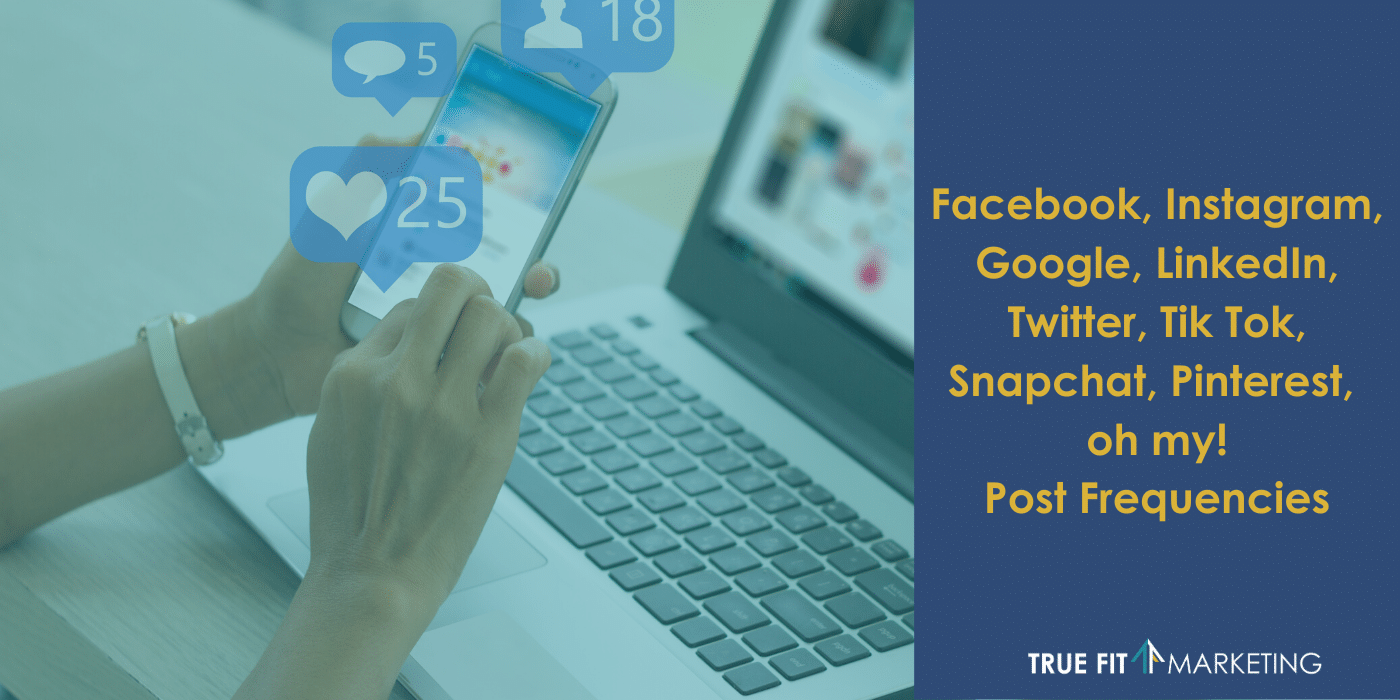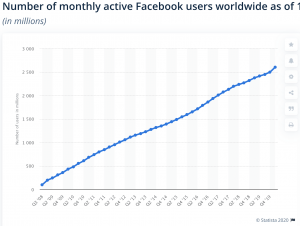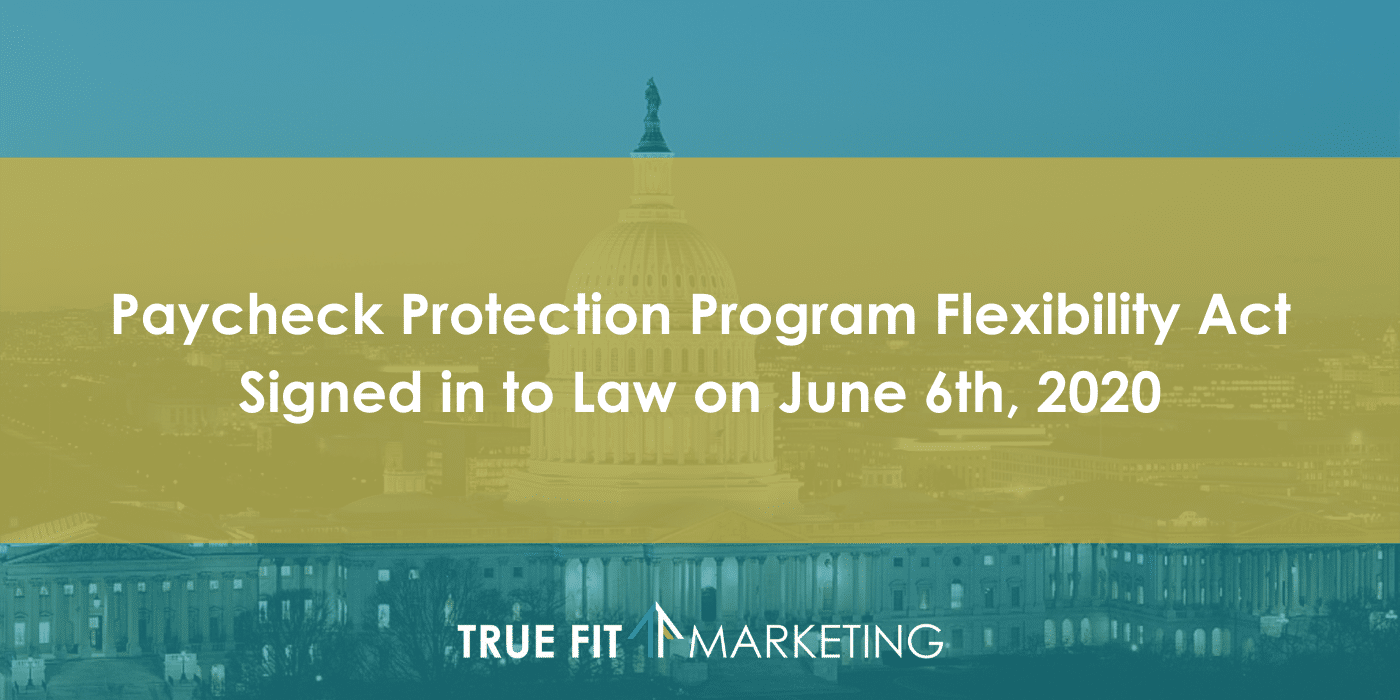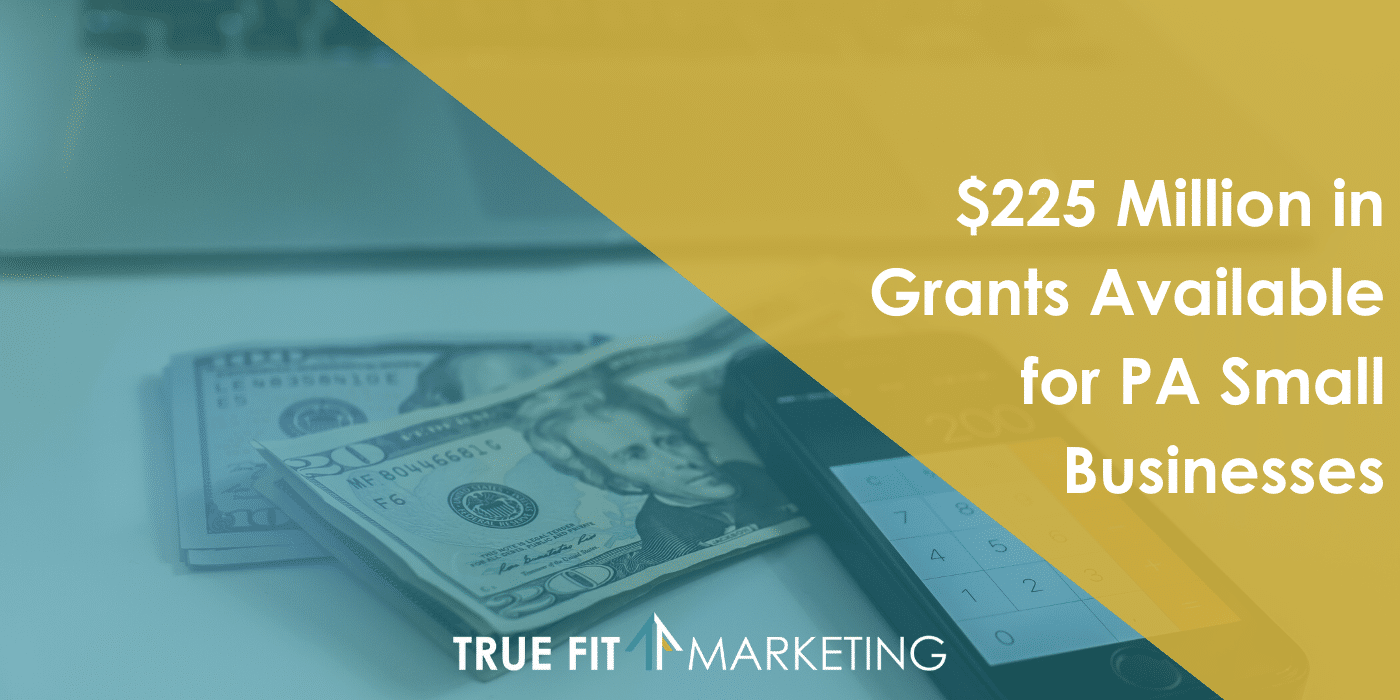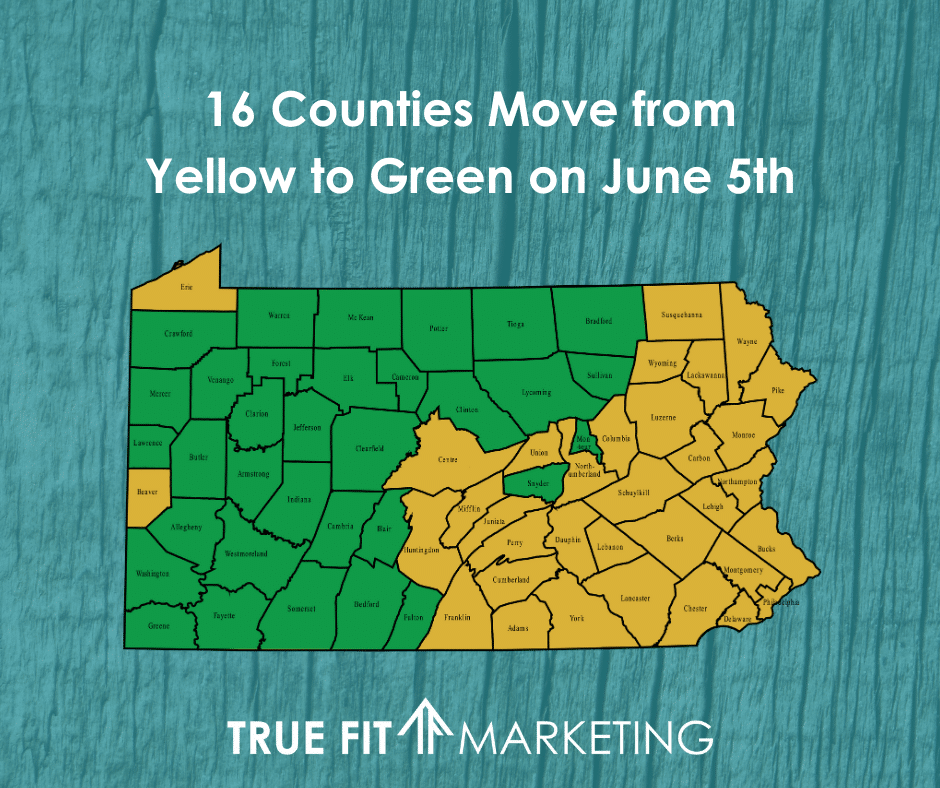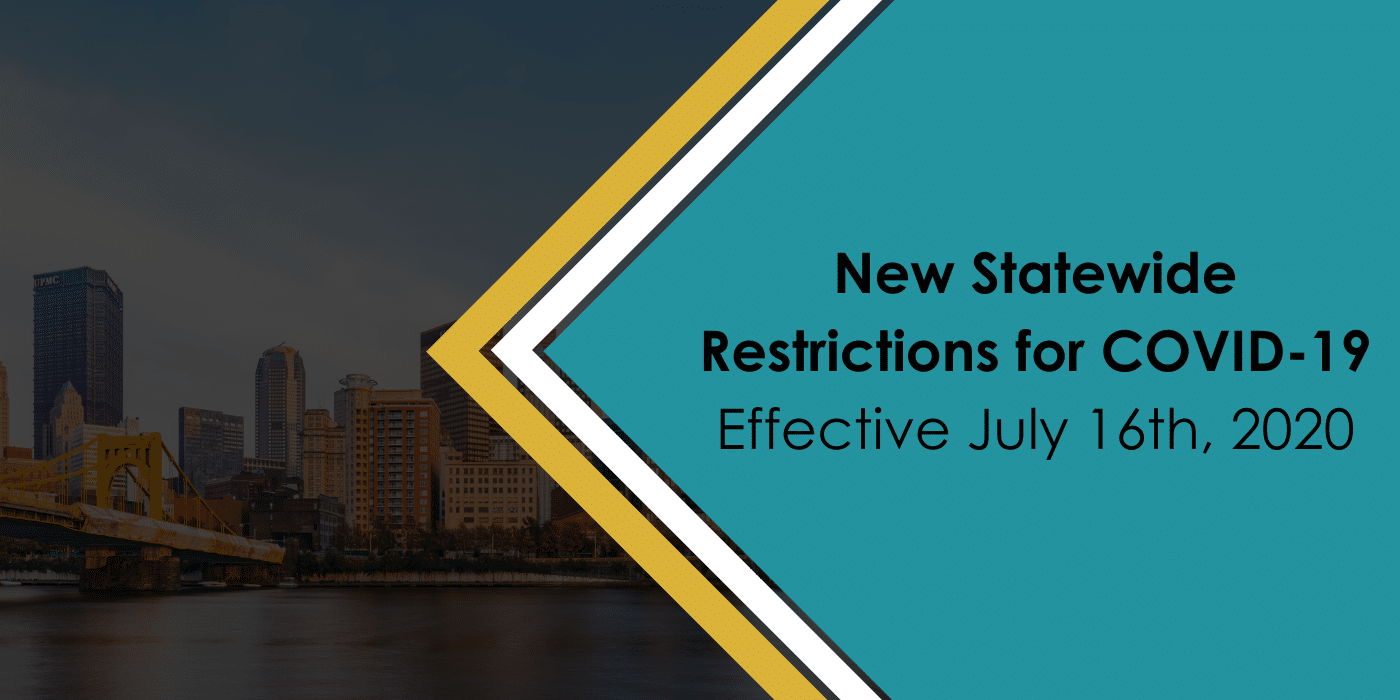
On July 15th, 2020 Governor Tom Wolf announced new statewide restrictions to help fight against the COVID-19 surge in cases that Pennsylvania has been seeing. Earlier this month, it was announced that Allegheny and Philadelphia Counties had local guidelines that other counties did not have to follow, including not allowing alcohol to be served at restaurants and bars, but they were still allowed to sell it as take-out.
Effective July 16th the following restrictions were put into a place statewide from Governor Tom Wolf:
• Indoor dining will be reduced to 25% capacity.
• Bars will only be open for sit-down meals and alcoholic beverages can only be served with food, bar service is prohibited.
• Telework is now mandated wherever it is feasible to. If telework is not possible, all COVID-19 policies and CDC guidelines must be followed.
• Indoor gatherings are only allowed to be 25 people or less.
• Outdoor gatherings are only permitted to be 250 people or less.
• All nightclubs are prohibited from operating.
View the Pennsylvania COVID-19 dashboard here.
View Governor Wolf’s statewide response here.
“During the past week, we have seen an unsettling climb in new COVID-19 cases,” Gov. Wolf said. “When we hit our peak on April 9, we had nearly two thousand new cases that day with other days’ cases hovering around 1,000,” (Governor.PA.Gov).
Because of this surge, Dr. Levine and Governor Wolf signed new orders for mitigation efforts to help flatten the curve of cases in Pennsylvania.
Bars and restaurants are allowed to still offer take-out, delivery, and dine-in if they follow the guidance from the order. This guidance includes, bar service prohibiting, only sit-down service (at a table or booth) is allowed. Take-out sales of alcoholic beverages is still permitted. Alcohol can only be served at the restaurant or bar when a meal is also being served to that party. Outdoor seating is still available. Masks are still required upon entering, masks must be worn by staff, and social distancing guidelines must still be followed. Indoor dining is limited to 25% of the occupancy of that restaurant.
Nightclubs are not permitted to operate under this new restriction.
Other events and gatherings must adhere to the following restrictions. Indoor events and gatherings must be 25 people or less. Outdoor gatherings must be 250 people or less. This maximum for indoor and outdoor gatherings includes staff.
All businesses are required to utilize teleworking capabilities. If teleworking is not possible, then the business safety order, worker safety order, and masking order must be followed.
Gyms and fitness facilities are allowed to continue operations, however it is suggested to prioritize outdoor activities. Social distancing requirements, masking requirements, and gathering limitations must be followed.
Businesses not following these guidelines could be subject to fines, business closure, or other measures (Governor.PA.Gov).
Local playgrounds, community pools, and outdoor activities are still open.

